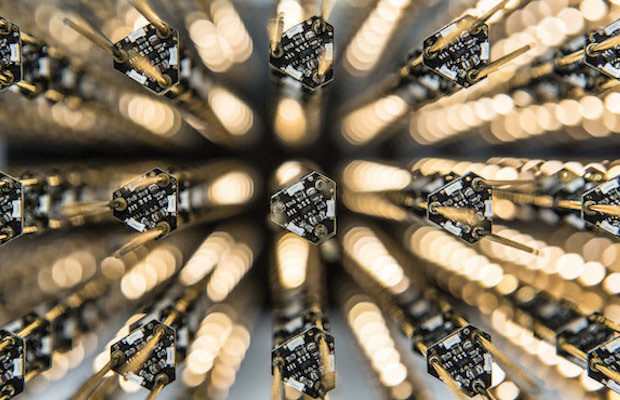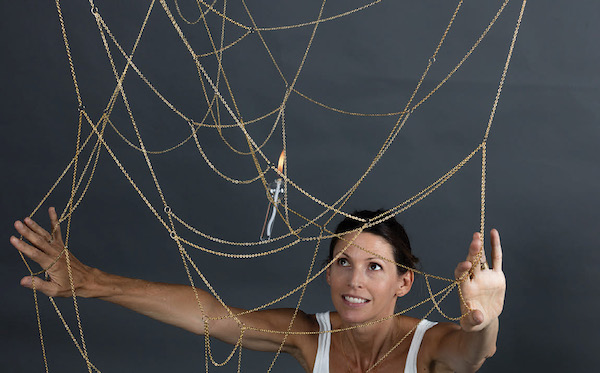 COURTESY CARPENTERS WORKSHOP GALLERY
COURTESY CARPENTERS WORKSHOP GALLERY
Feature
In Profile: Designers Who Make an Art Out of Light
Thomas Alva Edison perfected the incandescent light bulb in 1876, and the world became modern. In the years since, technology has continued to transform the light bulb—from incandescent to fluorescent, to today’s LEDs and OLEDs, and beyond. Lighting has long been a preoccupation for designers: the opportunity to take a functional object and turn it into a work with a higher calling.
In articles to follow, our first-ever special focus section, MODERN looks at both the history and future of lighting as design. You will read about designers who work with light and discover new ways to look at nature or aesthetics. We’ve selected seven designers whose work crosses over from the practical to the poetic, whose work is shown in leading design galleries and collected by museums. You will see ten early modern lighting designs that shaped the future, and read about the Italian companies that have fostered design and ensured that what we put in our living rooms and libraries has more than mere function. A final article looks at the forces—from ever-advancing technology to the repurposing of old materials— that are shaping the future. Can I resist a pun here? No. I hope you will find this section illuminating.














